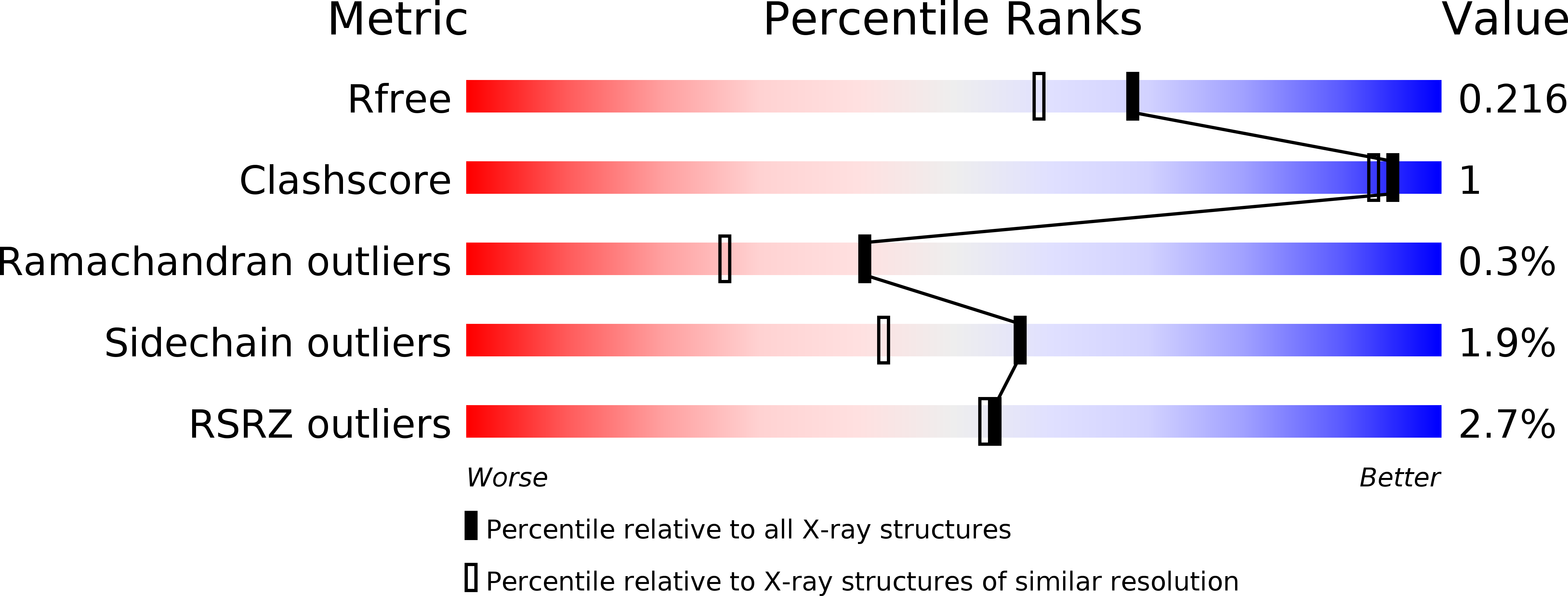
Deposition Date
2019-06-24
Release Date
2019-07-24
Last Version Date
2023-10-11
Entry Detail
Biological Source:
Source Organism:
Planktothrix agardhii (Taxon ID: 1160)
Host Organism:
Method Details:
Experimental Method:
Resolution:
1.85 Å
R-Value Free:
0.21
R-Value Work:
0.18
R-Value Observed:
0.19
Space Group:
P 65


